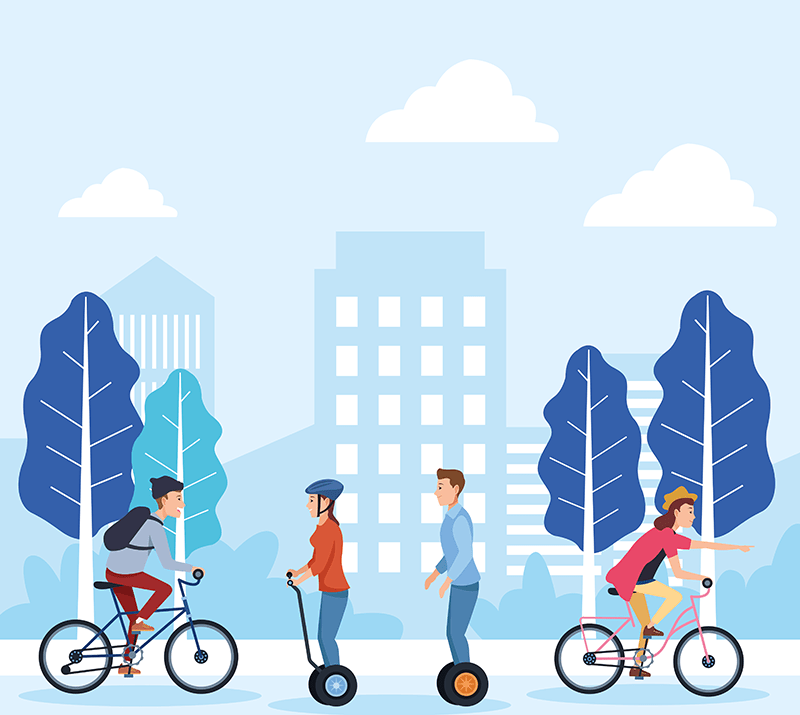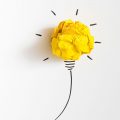When the designers of Flat Design created their first prototype of the typeface, they had one simple goal, which was to create a universal, attractive and memorable typeface. They wanted to create both a style and a typefaces – something which had no specific name, like ‘L’ in the French capital. These are all well established rules that designers follow when they have a project in mind like this, but for Flat, it was a lot more complex and they had no idea how to do it. The typefaces to be the basis of their flat design philosophy was very much on their own minds, especially the two that they chose.
With all it’s features, Flat Design was the creation of four people; Martin, Martin Martinovich, Martin Reindl, and Paul Reindl. Martin gave his sidenote Rails display optional accompanying content outside of the main viewport of your website. Sites often use sidenotes content to fix additional often optional content to your viewport as you scroll through the page. content and helped with the design by using his personal experience as an artist in Paris.
He also gave away a lot of feedback during the design process, which helped shape the new project of Flat Design. The most important thing Martin asked for was consistency; as he always tried to use typefaces with subtle contrasts to distinguish them from each other. With his experience, Martin wanted to make a new design in response to his own needs, which led to the addition of three unique designs.

In a recent interview with Wired, the inventor of the flat design, Peter Thiel, talked more about his theory of why the flat shape works and what you can do to create a flat design.
I think a flat design is very, very important because it helps us to understand that the shape and the way we think about shapes, shapes and their functions are so strongly interconnected. We’re very, very influenced by each other, but also deeply connected. What we’re going against is that we try to do a lot of things with a flat design that’s going to create a lot of pain and we’re doing that by having very different approaches to what shape should be.
And what we have in the past is very simplistic.
There’s a really big assumption that we make that we’re going to get rid of all the things but the form of the design is more important than these things. You get rid of these forms and you get rid of this form of form, and that can make this thing seem rigid because you’re putting more emphasis on that shape and this other form that’s completely abstract and abstract.




































No Comments
Leave a comment Cancel